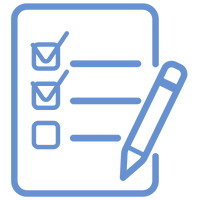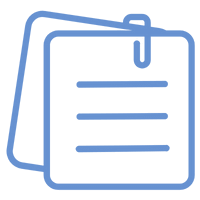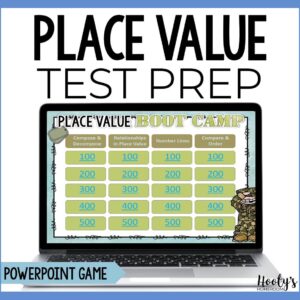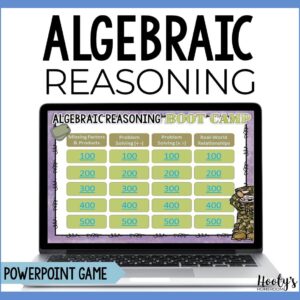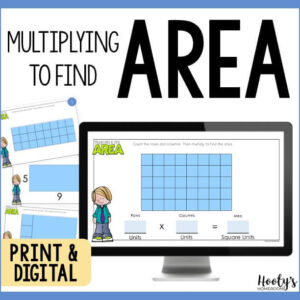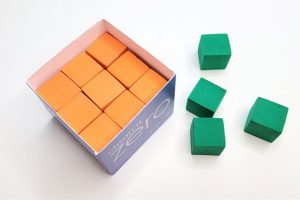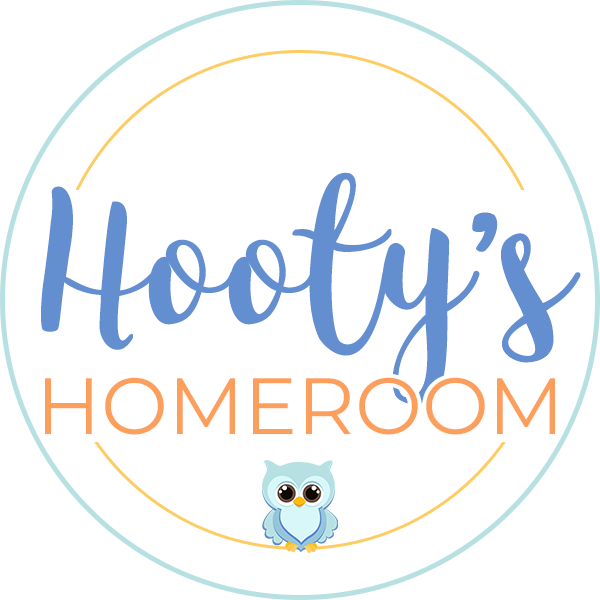There are so many different ways to use Boom Cards. Teachers can save time and money by repurposing their Boom Cards for different purposes.

Teaching has become more complicated than ever. Teaching today is much more than just teaching and grading papers. Teachers have to plan for regular instruction, RtI lessons, spiral review activities, morning work, homework, extension activities, and the list goes on and on.
I used to think I needed to have different resources for each of these teaching components. Not only was I spending a lot of time searching for the perfect resources, but I was also spending a lot of money!
Luckily, I discovered Boom Cards and learned how to repurpose these digital task cards to use in multiple ways. Once I find the Boom Cards that I need, I save time (and money!) using those task cards in a variety of ways.
What are Boom Cards?
Boom Cards are interactive, digital task cards hosted on Boom Learning’s website. Students are presented with one problem or question at a time. The problems can be multiple-choice, fill-in-the-blank, drag and drop, or short answer. With most question types, as students answer each question, they receive immediate feedback. If their answer is correct, they move on to the next question. If the answer is incorrect, students have a chance to try again.
10 Ways to Use Boom Cards
Save time and money by repurposing your Boom Cards. Here are the top 10 ways to use these digital task cards with your students.
1. Guided Practice
You’ll eventually want to invest in a paid Boom membership, but Boom’s Fast Play option is included in the free starter account so it’s a great way to get started with Boom Learning’s platform.
To use Boom Cards for guided practice you’ll want to get the FastPin code, then display the deck through your data projector. As you work through the deck with your class, this is a great opportunity to clear up misconceptions. After checking students’ answers, have a student go to the board and select the correct answer.

2. Skill Practice & Real-Time Interventions
This probably the most common use for Boom Cards. There is no doubt that students need repeated practice to master certain skills. The gamified nature of Boom Learning helps students stay engaged and instant feedback is a powerful tool.
Either by actively monitoring students or by using Boom’s live monitoring feature, teachers know right away if a student needs more guidance. Being able to jump right in with just-in-time interventions is so much more effective than intervening after the skill has been practiced the wrong way.
3. Vocabulary Practice
Boom Cards are great for vocabulary practice. Instead of sending students off to a different website for digital flashcard practice, have them use their Boom Cards as digital flashcards. Students can run through the deck and practice as many times as it takes to feel comfortable with the terms. Students can also track their own progress to receive a sense of accomplishment.

4. Tests
Are you tired of creating your own tests? Use Boom Cards instead!
Not only are Boom Cards great for teaching and practicing, but they also make great tests too. You can use a different deck than what your students have already practiced with, or you can delete the saved student progress data and use the same deck students have already practiced with.
Not only do you save time by not having to copy tests, but you also save time grading!
5. Assignment Grades
Save time grading papers by using Boom Cards for independent practice. This has been a game-changer for me! I now save myself countless hours each week.
Not all Boom Learning memberships track student progress. You will need a paid plan for this feature, but it is well worth the money! You have several options for taking grades:
- Grade the first attempt
- Grade the best attempt
- Take a grade on the average of all attempts
Boom Learning tracks data for all 3 of these options making grading easy for teachers.

6. Response to Intervention
After spending hours carefully crafting lesson plans, teachers are usually too wiped out to then plan for RtI. Simplify Response to Intervention by using Boom Learning with your students. There’s no need to find separate resources. Use what you already have available in either print or digital form.
7. Progress Monitoring
Boom’s reports can track skill growth over time. By assigning a specific deck to students over time, you can track a student’s growth on a particular skill. This is a great way to document whether interventions are successful.

8. Print & Practice
Did you know that Boom Cards can be printed? This still blows my mind! I fell in love with Boom Cards because they are digital, but there are times when I need printed resources. Printed task cards can be used in stations or even worksheets.
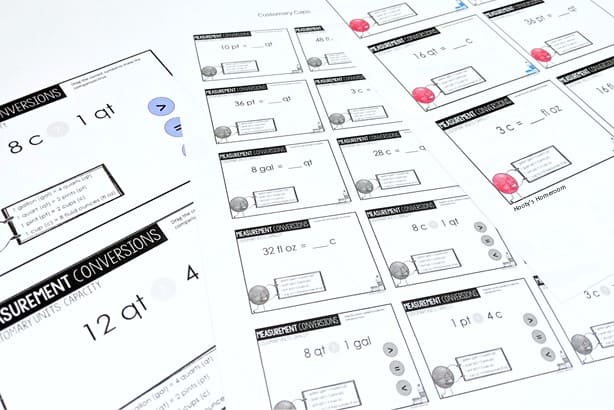
9. Morning Work
Do you need to keep your students busy in the morning while you take attendance? Do your students need a warmup before the lesson begins? Boom Cards are perfect for morning work. Assign your students a different deck each morning or a deck to complete over the course of the week. Your students will be engaged in meaningful content practice while you handle those not so fun teacher tasks.
10. Homework
Using Boom Cards for homework can make “I lost my homework” a thing of the past. Your students still might “forget” to do their homework, but you can make the homework process easier. Not only will you not have to stand in line for the copy machine, but you can also save trees.
Do you use Boom Cards?
There are so many reasons to use Boom Cards. Whether you use these digital task cards for skill practice, to reinforce vocabulary, or for independent practice, Boom Cards are well worth the investment. Once you try Boom, you won’t go back.
If you want to give Boom Cards a try, but don’t know where to start, grab my free ebook.






